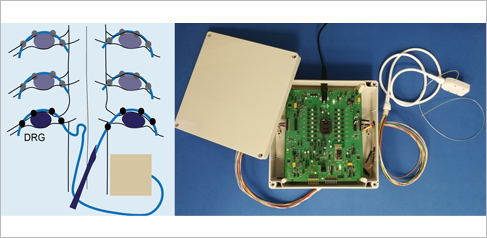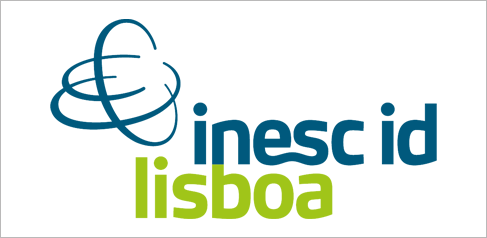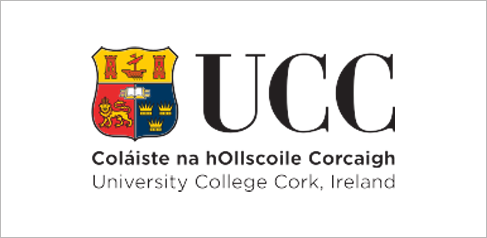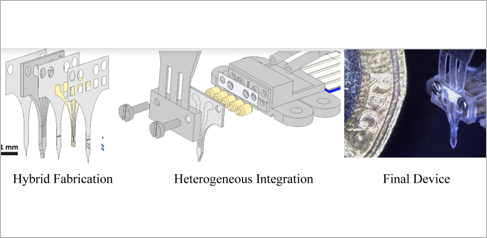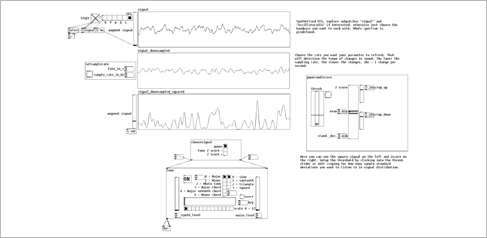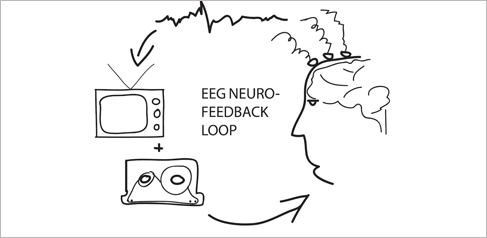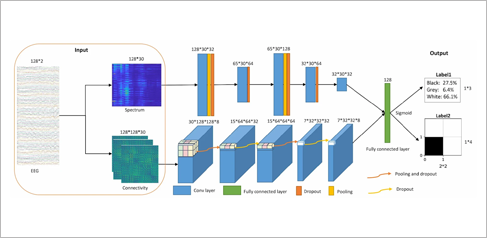Unobtrusive chronic EEG acquisition with flex-printed electrode arrays
Fraunhofer IDMT
GERMANY

Brain-electrical activity as measured by the electroencephalogram (EEG) contains rich information about user states, health conditions and mental processing demands, yet this technology is largely constrained to stationary conditions. Our goal is the development of miniaturized, unobtrusive EEG systems that could be used in everyday life. Possible application scenarios are the monitoring of epileptic activity, auditory attention tracking and the assessment of sleep quality. For this purpose, we have developed different flex-printed electrode arrays (cEEGrid, fEEGrid, trEEGrid) that can be placed around the ear and along the hairline. Our devices feature good signal quality over longer periods of time without causing discomfort. Several validation studies are presented and remaining challenges for the development of everyday life EEG are identified.
Ultraflexible implantable peripheral nerve cuffs for stable, high-resolution long-term in vivo recording and stimulation
University of Cambridge
UNITED KINGDOM
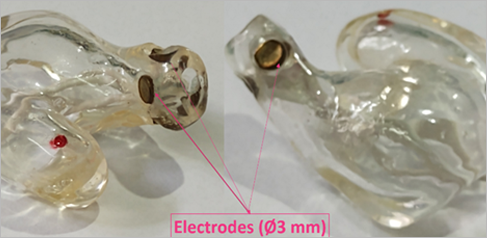
Peripheral nerve implants hold great potential for the development of treatments for a wide range of clinical conditions, whether by recording electrical activity carried by nerves, or influencing it through electrical stimulation. Stable high-resolution nerve interfacing is, however, by the breakdown of the tissue-implant interface due to the development of the foreign body reaction (FBR) between the two over chronic implantation periods of time. We have developed ultraflexible parylene-C nerve cuff implants containing PEDOT:PSS multi-electrode arrays, and tested these in in vivo chronic rat forearm nerve models. Our devices minimise the development of FBR by virtue of their low-invasive cuff design, as well as the use of ultraflexible materials, while the low-impedance microelectrodes enable both sub-nerve resolution recording and simulation.
Signatures of transcranial alternating current stimulation (tACS) aftereffects in EEG
Syte Institute
GERMANY
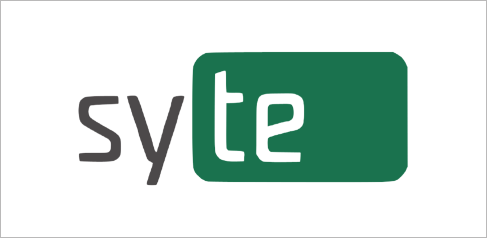
Machine-learning approaches to analyze single-trial EEG signals have been mostly used in the context of brain-machine interface and in automated clinical diagnostics. In this talk I will discuss our recent study in which we classified EEG signals using machine-learning to detect subtle signatures of neuroplasticity after non-invasive transcranial alternating current stimulation (tACS). Why is this important? non-invasive brain stimulation has been out there for some time now, claiming effects on behaviour and various clinical conditions but only little evidence exist on the effects of non-invasive current stimulation on actual brain activity (and some contradicting evidence). Thus, if we want to enable this method for the next generation of theraputics for depression, migraine, tremor, and many more... we have to investigate the specific effects of this mehod on brain activity.
Prediction of Individual Intelligibility for Speech in Noise
Universitätsklinikum Erlangen - HNO-Klinik
GERMANY

Understanding speech in noise is one of the most challenging tasks of the auditory system. Several test methods evaluate the individual intelligibility for speech in noise. Unfortunately, all these tests depend on the cooperation of the tested person. Hence, objective methods are useful for clinical diagnostics. In our studies, we found that the EEG response pattern to sentences presented in noise systematically varies with the signal to noise ratio. These findings were used to predict whether the intelligibility of presented sentences is below or above the individual speech reception threshold with an accuracy up to 89%.
First steps to the classification of ERPs using quantum computation
IBM
POLAND

We present a work in progress concerning the classification of EEG data using quantum computing. The practical steps of the classification pipeline are explained from an engineering point of view. Then we discuss perspectives and further research directions.
Using a Single Spectral EEG Measure Based on Differential Spectrum for Quantification of Changes in Objective Sleepiness
Federal Research Centre for Fundamental and Translational Medicine
GERMANY
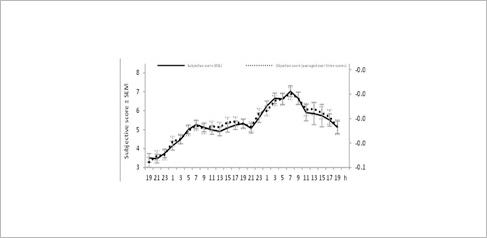
Accurate and objective measurement of sleepiness level can have important implications for reducing the threats of sleep loss to safety, productivity, and public health. It was previously suggested that a single EEG measure based on a differential spectrum can be used for quantification of sleepiness. The present report was aimed on providing evidence for utility of this measure for monitoring changes in objective sleepiness during sleep deprivation. I demonstrated that the time course of subjective sleepiness strongly correlated with the time cause of suggested single spectral EEG measure of sleepiness, with the correlation coefficient of higher than 0.98, and concluded that this single spectral EEG measure based can help in quantification of changes in objective sleepiness level during sleep deprivation.
Label-free detection of action potentials from membrane micromotion
University of Rostock
GERMANY
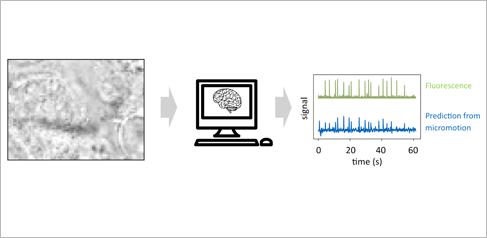
Cellular micromotion—a tiny movement of cell membranes on the nm to μm scale—has been proposed as a pathway for inter-cellular signal transduction and as a label-free proxy signal to neural activity. Imaging action potentials of single cells could be possible in this way, thanks to modern high-speed cameras and image analysis. We will present proof-of-concept work to demonstrate label-free detection of action potentials on cardiomyocyte cells. Our work harnesses several recent approaches of signal processing to detect micromotion in video recordings of unlabeled cells. Our survey includes spectral filtering of the video signal, matched filtering, as well as 1D and 3D convolutional neural networks acting on pixel-wise time-domain data and a whole recording respectively.
Continuous monitoring for early detection of neuro degenerative disease
TATA Consultancy Services Limited
UNITED KINGDOM

Neuro-degenerative disease poses challenges and places a huge burden on the national healthcare system. Although, there is no known therapy, early detection and management can substantially decrease the burden and improve the quality of life of the patient. Continuous monitoring in real world environment can give better insights into this disease. However, capturing the EEG signals is very cumbersome. In this work, we propose Ear EEG acquisition system and early detection algorithms powered by next generation artificial intelligence. There are multiple challenges for ear-wearable EEG sensors starting from signal acquisition to electrode placement to the associated algorithms. Further to this, for the sake of validation, a low dose CT image reconstruction technique is developed that helps in confirming the progression.
Brain Technologies, Audiovisual Perception and Brain-Computer Interface
Universitat Autónoma de Barcelona
SPAIN
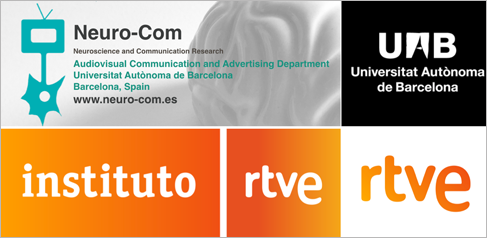
Brain technologies can be applied to analysis of perception of audiovisual contents. We work with the idea that by learning how brain processes media content, we can create research stimuli with a better strategy. By finding correlations between brain cognitive patterns and audiovisual stimuli, BCI (brain-computer interface) studies can design audiovisual stimuli maximizing the chances of success. So far, we have found: (1) viewers change eyeblink rate based on narrative content; (2) the style of edition of audiovisuals affect viewers brain activity; (3) media professionals show different cognitive neurodynamics during audiovisual cuts; among others. These results can be of interest for designing optimal audiovisual stimuli for BCI protocols.
Jitter Matters: A Game for Reproducible EEG
National Institute of Mental Health in Klecany
CZECH REPUBLIC
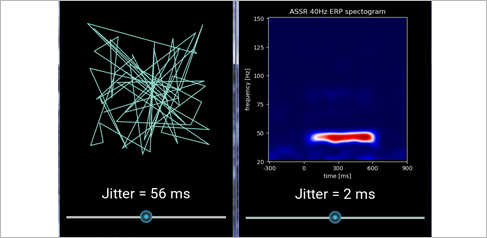
Our goal is to attract attention of the EEG community towards seriousness of the JITTER problem in EEG research and applications. This simple game illustrates the problem of technical jitter, namely how much information gets lost when even slight technical jitter is introduced. Your goal is to tap your finger in a stable rhythm. You will see that as your rhythm gets more steady, e.g. your tap jitter disapeares, the picture of auditory steady state response will get clearer. Precise jitter-free measurement means less information is getting lost. Precision Laser Pupillometry
Conformal encapsulation of active neural interfaces
Fraunhofer Institute for Reliability and Microintegration IZM
GERMANY
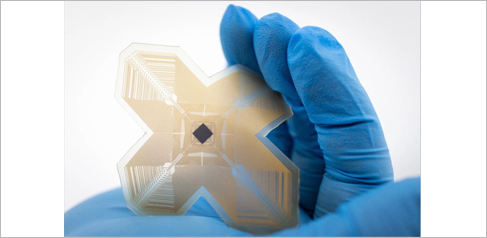
Recently there has been a surge in interest in small smart implants that can replace traditional chemical medicines. These so called bioelectronic medicines directly intervene with nerves leading to a specific organ. These bioelectronic implants require a biocompatible, long-term reliable packaging. Traditional titanium housings are expensive and bulky. At Fraunhofer IZM and Delft University of Technology we have been investigating conformal encapsulation for active implants. In particular, we have been conducting year-long ageing and in vivo studies on polymeric and thin-film single and multi-layer encapsulation approaches on a variety of substrates. In this talk we will be presenting our findings and how conformal encapsulation can be a reliable enabling technology for long-lived mm-sized implantable devices.
Body-based intervention of cognition
BeSound
UNITED STATES
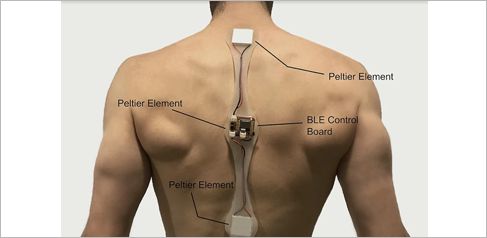
Previous studies on aesthetic chills (i.e., psychogenic shivers) demonstrate their positive effects on stress, pleasure, and social cognition. We tested whether we could artificially enhance this emotion and its downstream effects by intervening on its somatic markers using wearable technology. We built a device generating cold and vibrotactile sensations down the spine of subjects in temporal conjunction with a chill-eliciting audiovisual stimulus, enhancing the somatosensation of cold underlying aesthetic chills. Results suggest that participants wearing the device experienced significantly more chills, and chills of greater intensity. Further, these subjects reported sharing the feelings expressed in the stimulus to a greater degree, and felt more pleasure during the experience. These preliminary results demonstrate that emotion prosthetics and somatosensory interfaces offer new possibilities of modulating human emotions from the bottom-up (body to mind). Future challenges will include testing the device on a larger sample and diversifying the type of stimuli to account for negatively valenced chills and intercultural differences. Interoceptive technologies offer a new paradigm for affective neuroscience, allowing controlled intervention on conscious feelings and their downstream effects on higher-order cognition.
Analysis of Event-Related Potentials: Have you thought of tagging latency?
GIPSA-lab
FRANCE
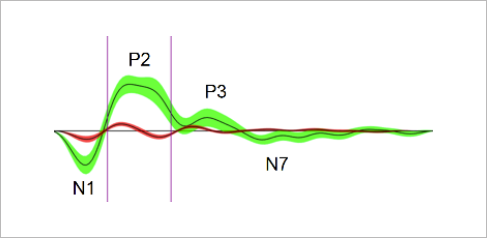
This presentation focus on the analysis of latency while recording event-related potentials with electroencephalography. We show that this latency depends on subjective but also technical factors, and may leads to a wrong interpretation of the cognitive function.
SSVEPs with LCD glasses for mobile EEG and real world neuroscience
LMU Munich
GERMANY
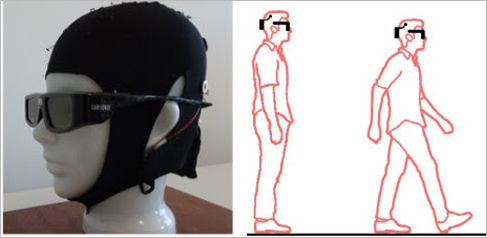
We have recently published a demonstration of a new method using LCD glasses to create Steady State Visually Evoked Potentials (SSVEPs). This method allows SSVEPs to be generated from anything the participant is looking at in the real world. SSVEPs have an excellent signal-to-noise ratio and we have shown that clean signals can be recovered during walking, from single electrodes. This is therefore a solution to mobile EEG recordings that does not require the large numbers of electrodes that other approaches do (e.g. ICA). We have demonstrated that this method works at high frequencies, when the flicker is not perceivable, and can be combined with dry electrodes, and as such is a good solution for EEG in everyday situations.
Effect of neurofeedback on post-COVID-19 fatigue,anxiety and depression
Department of Medical Biophysics and Medical Informatics, Third Faculty of Medicine, Charles University in Prague
CZECH REPUBLIC
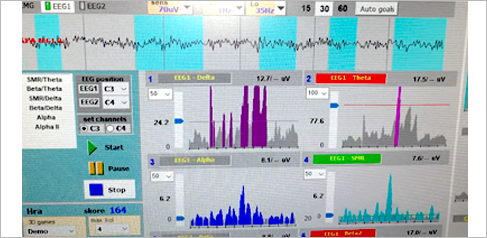
Fatigue, anxiety and depression are frequent post-COVID-19 neurological symptoms. In this pilot study, we tested effect of neurofeedback therapy (Othmer method) on post-COVID-19 fatigue, anxiety and depression. Five neurofeedback sessions resulted in a significant reduction in post-COVID-19 anxiety and depression and in insignificant reduction of fatigue which persisted up to 1 month after neurofeedback. Positive correlations were found between fatigue, anxiety and depression before, immediately after, 1 week after and 1 month after neurofeedback. Reduction in depression and fatigue were significantly positively correlated with each other. Based on these outcomes, the Othmer neurofeedback method represents effective treatment for reduction of post-COVID-19 anxiety and depression as well as for investigation of interrelatedness of neurological post-COVID-19 complications.
Gaze-independent BCI control based on covert visual spatial attention
Leibniz Institute for Neurobiology
GERMANY
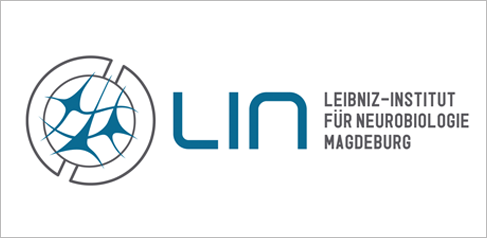
Directing attention to features of visually presented items is a common approach to control brain-computer interfaces (BCI). Most approaches which rely on attention, also require to direct the gaze to the target and benefit from sensory input. In oddball paradigms, the P300, a component following target stimuli but not distracting standard stimuli, is detected. This component reflects attention in temporal but not in spatial differences of stimulus events. We present a new BCI approach, which decodes covert spatial attention shifts to targets presented in either visual hemi-field. Since target and distractors are shown simultaneously, only spatial information is decoded, not requiring gaze shifts. We show that the approach is suitable for reliable BCI control in a two-class and four-class scenario.
